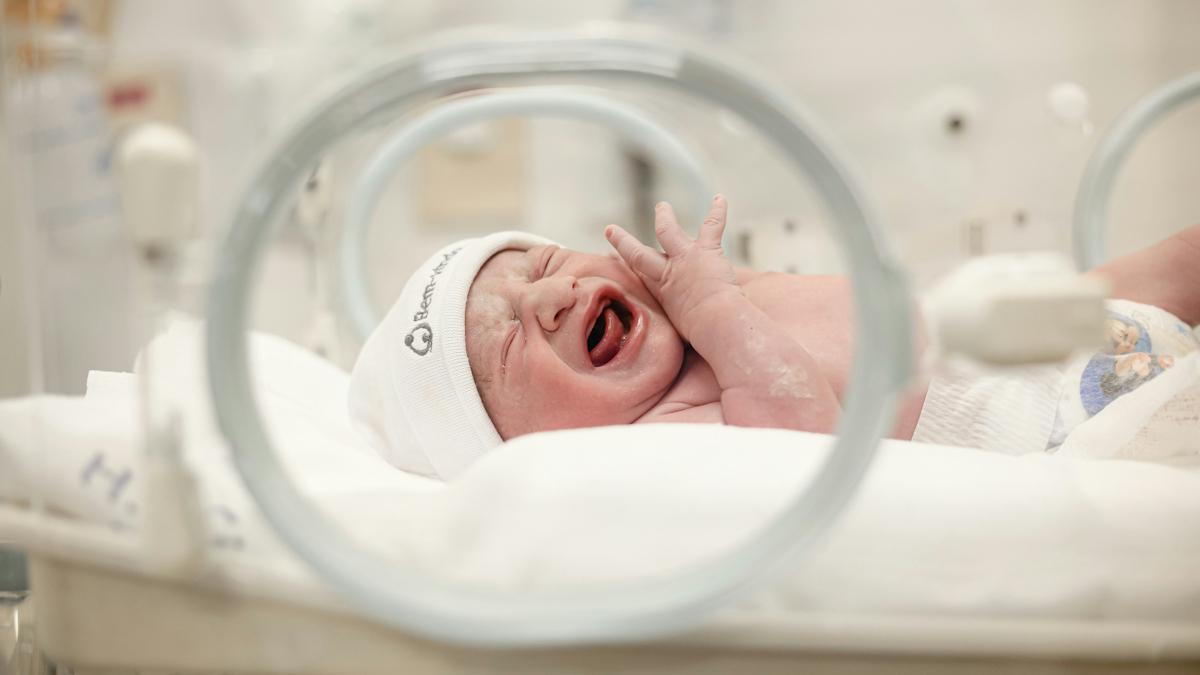Collaboration is key to tackling geographical boundaries in CGT development

Unlike most biopharmaceuticals, it is often a struggle to manufacture cell and gene therapies (CGTs) in disparate geographies. This is related, of course, to the bespoke processes required to make a dose of a cell-based therapy, and is especially true for autologous CGTs, where the product must be highly personalised.
In many instances, the dream is decentralisation, enabling development and manufacturing in or near small hospitals and large academic medical centres alike. This would more equitably serve a broader base of patients and – if done properly – reduce delays and risks related to utilising a limited, somewhat homogenous pool of facilities.
To date, however, working across geographies has remained an insurmountable barrier. Development tends to occur in just a few large hubs that have access to the right specialised expertise and facilities, as well as all of the supply chain necessities.
There is a path to breaking out of the box, though. The three keys are to secure supply chains, increase standardisation, and focus on technology transfer capabilities – and all require new levels of collaboration, especially across multiple regions.
Securing supply chains
Collaboration has long proven critical in the CGT space to tackle complex problems, especially related to manufacturing and scale-up. The state of the field today is that no one has the full range of capabilities to unlock the full value chain, given the range of needs from development to logistics, to scalable process development and manufacturing.
There are few manufacturers that have broad access to supply chains in different geographies. This explains a growing trend towards partnership among smaller players with specific skill sets, aiming to tie together much of the expertise a developer will need – and preferably across geographies.
Further, any company hoping to commercialise in more than one region will require international partnerships that can assist with both local supply chains. Regardless of whether a therapy is derived from patients or donors, local partners can help ensure steady access to the right cells, vectors, and plasmids, wherever manufacturing must take place. Local partners also tend to add experience with regional regulatory guidelines, and useful relationships with regulators as well. These collaborations can wind up being more than the sum of their parts.
One example is a partnership we engaged in with Kincell Bio, a US-based contract manufacturer, which gives both of us true trans-Atlantic capabilities. We already had the capability to broadly supply the vectors needed to modify cells, in that they can be frozen for international transport and long-term storage. But cells need to be supplied locally, especially in the case of autologous starting material from patients. Through partnership, we can better service trials run simultaneously in both the US and Europe.
Partnerships like these also have the benefit of clearer communication and integrated project planning. Especially when spread over multiple geographies, developers worry about supply chain problems and tech transfer complications, so having multiple suppliers working in concert reduces risk. They are looking for simplicity; most are spinouts or small-medium enterprises that would prefer not to manage orchestration of plasmids, vectors, cell sources, and the rest of the supply chain. The “one-stop shop” approach through a partnership of smaller players therefore has a strong appeal, delivering a broad range of services without losing the personalised focus of smaller contract manufacturers.
Standardisation
In every part of the CGT value chain, moving toward standardisation remains a primary goal for efficiency, cost savings, and regulatory simplicity. Standardisation is also essential for operating across geographies, and for any hope of decentralizsng development or manufacturing.
To see why, we need only look at autologous manufacturing today. Cellular starting material comes from patients via apheresis, a process that needs to be optimised and standardised across sites, depending on what equipment is used, how the disease may impact the patient interaction, and the experience level of staff performing the process.
Next, cells from patients must be expanded and often modified, then returned to them at a nearby hospital. There are some standard equipment items emerging across many autologous processes, but there is no single standard assembly of individual unit operations. This makes decentralised manufacturing, where one “near treatment” centre services multiple products, less feasible. Each step of the process may include vendors or outside partners, and improving standards for logistics will reduce transit time and risk.
Cryopreservation is one tool that enables more geographic and timing flexibility in this process. It is less commonly used in early-stage development, as it requires outsourcing to partners with specialised and expensive capabilities that most hospitals don’t have. When it is used, processes must be standardised. But cryopreservation comes with concerns about complexity, cost, and quality, serving as a great reminder of why decentralisation is so appealing.
To avoid using it, trials have to take place at hospitals in sufficient proximity to manufacturing facilities. More remote hospitals can get weeded out from multicentre late-stage trials, and it is also likely to be more challenging for patients in those regions to get commercial therapies.
The location of manufacturing sites can also lead to significant variation in the raw materials each may be able to utilise, depending on nearby suppliers. It has become increasingly critical to understand what those variations are and how they may impact outcomes – another space where standardisation will pay large dividends.
Regulators challenged today by variability within and between batches and sites are also asking for standardisation to derisk processes. And, depending on the region, different regulators have their own requirements; for example, regulators in the US tend to be more stringent than Europe about the source of raw materials from bovine products, and which cell lines are used.
While standardising all of these areas will greatly improve centralised manufacturing, it will ultimately make it easier to decentralise as well. Collaboration underpins the effort to develop protocols, processes, and best practices, and apply them with consistency anywhere.
Tech transfer
Systematic technology transfer is often overlooked as a means to decentralise development and manufacturing. Forward-looking companies may want to build a flexible tech transfer pathway from the very beginning of the manufacturing scale-up process. That need looms even larger in the run-up to commercial manufacturing.
Even in a centralised CGT world, developers may be thinking about transitioning from a single contract manufacturing partner to many, or insourcing to their own purpose-built facilities. Doing so requires thorough preparation for the capital and operational handoff. Processes must be designed to be repeatable across sites and in different jurisdictions.
Decentralised manufacturing will require an even smoother tech transfer process. Early partnerships – especially international partnerships – will be advantageous here as well, as it means flexible tech transfer will already be baked in from early stages. When partners can address the need early and hammer out requirements through complementary systems, it reduces risks later.
We clearly aren’t yet ready for a decentralised CGT universe, but the need is evident. Collaboration between and across regions will be the fundamental bridge to a future we all want.












